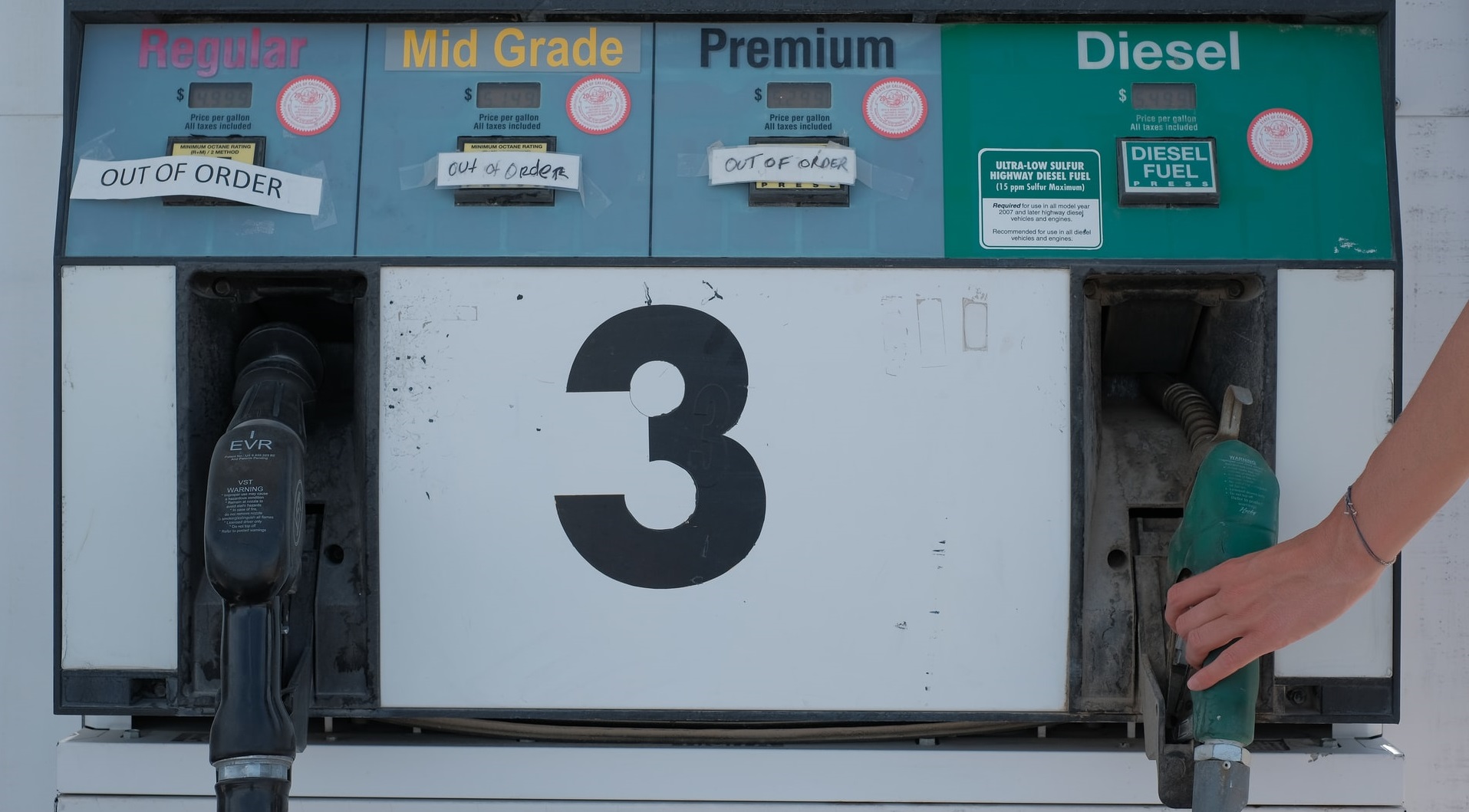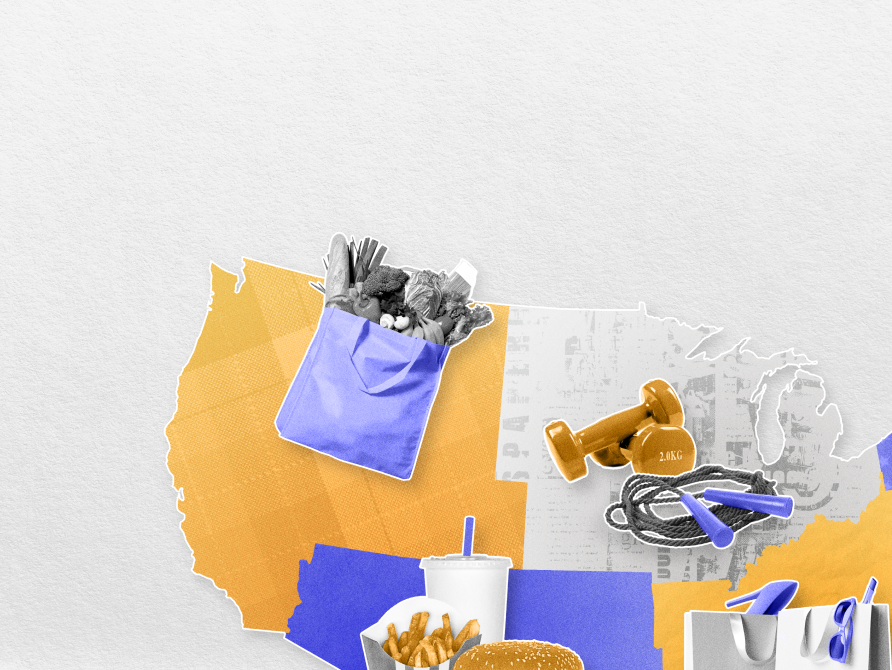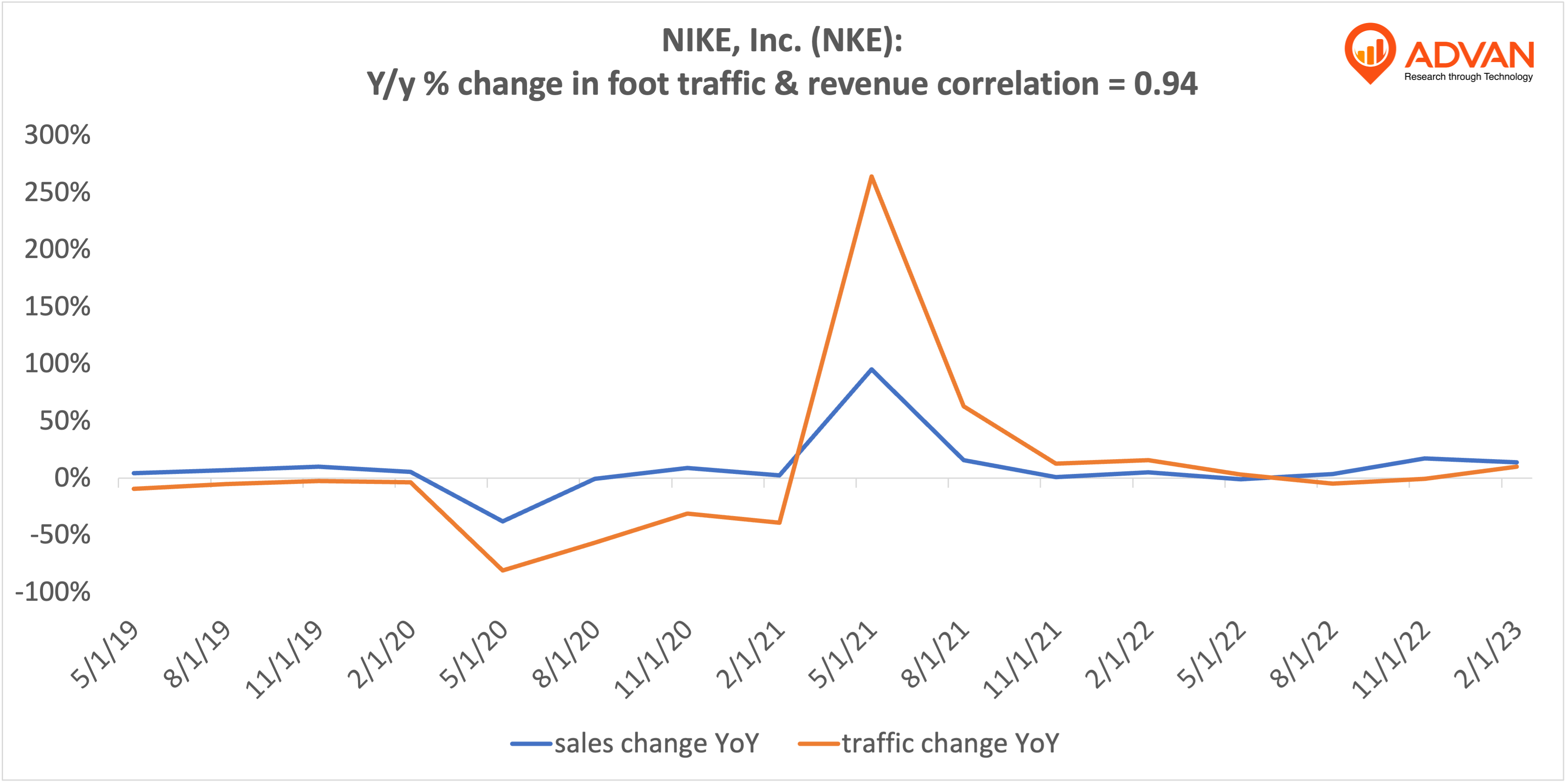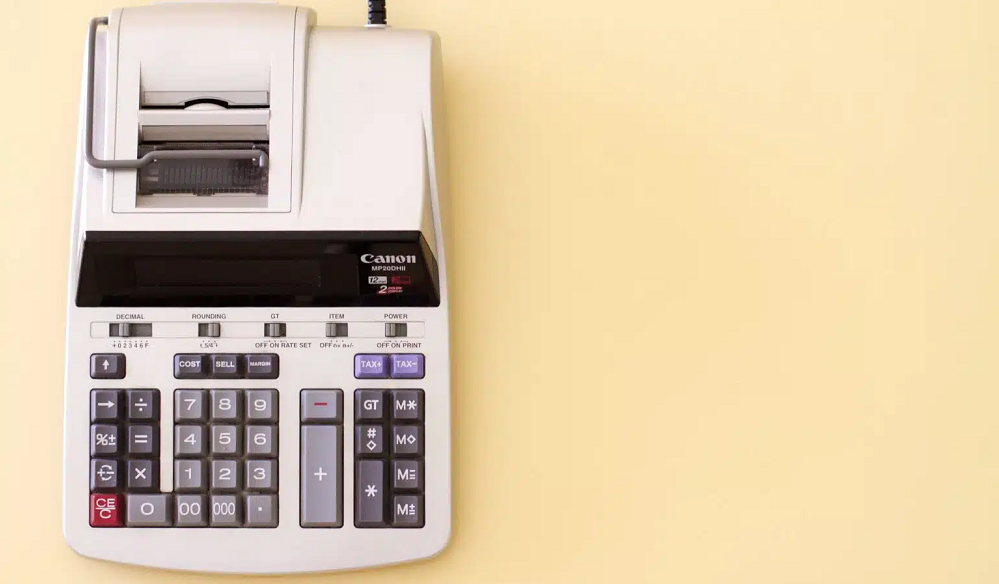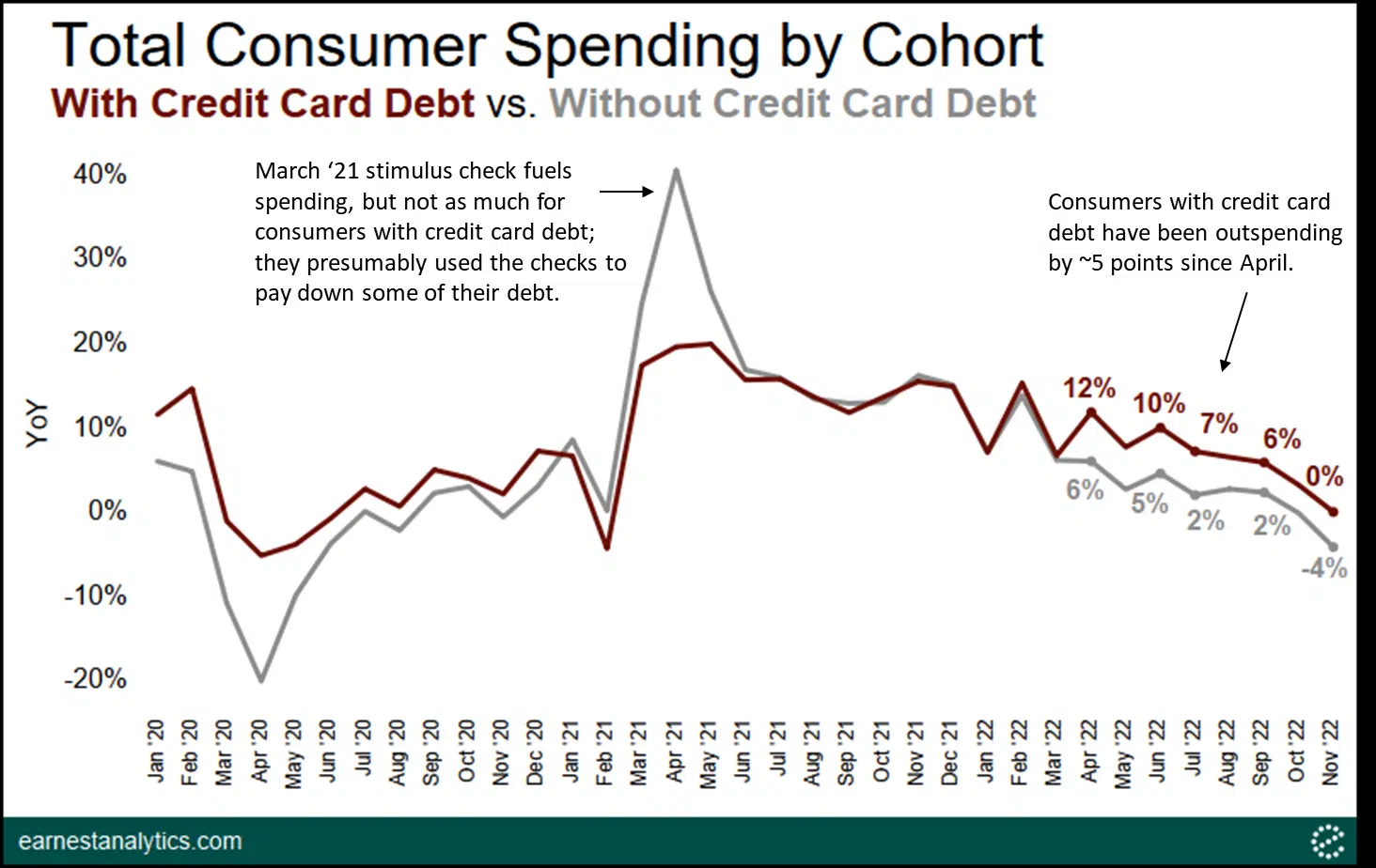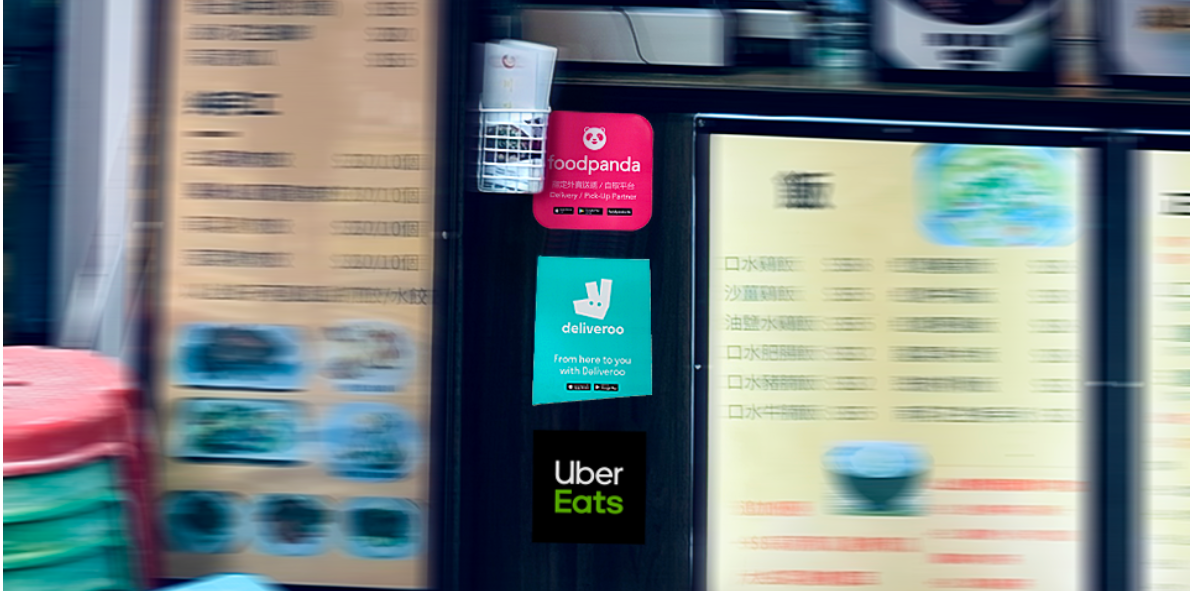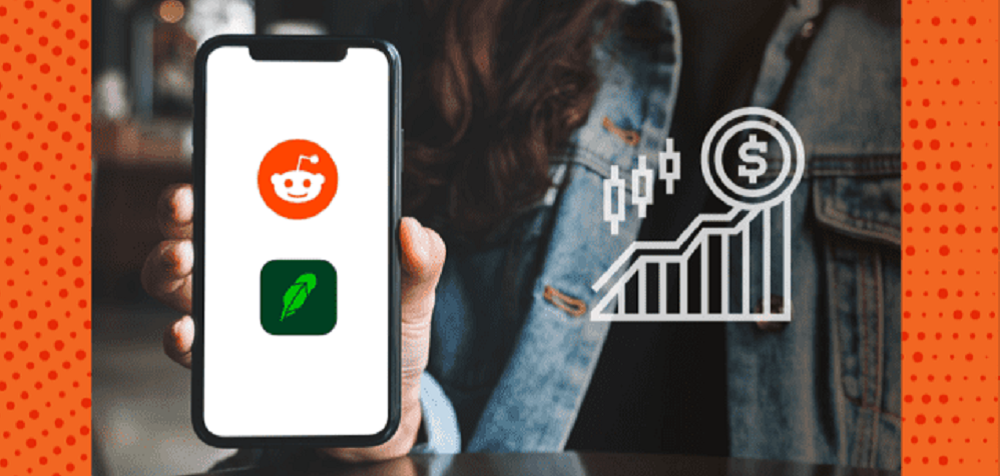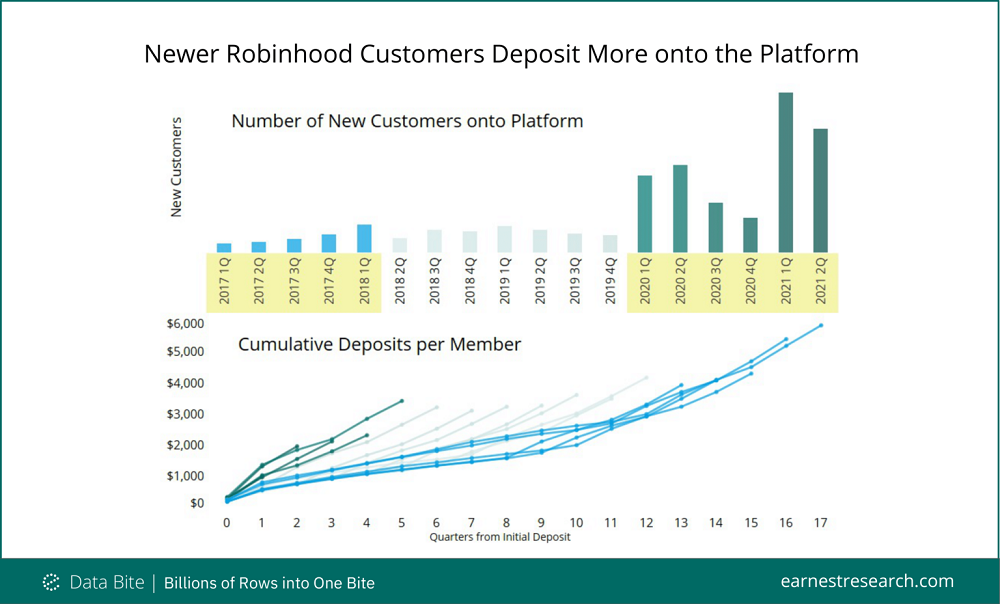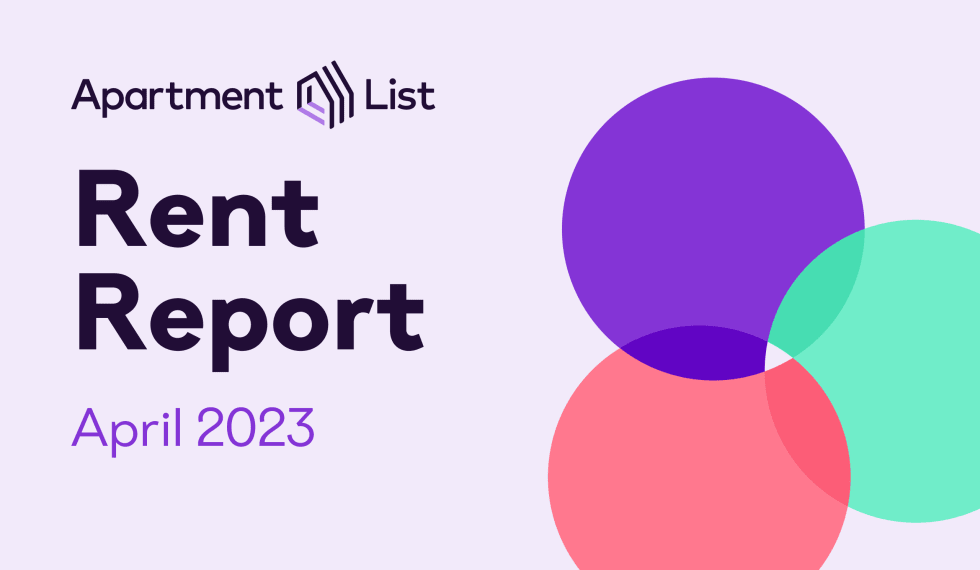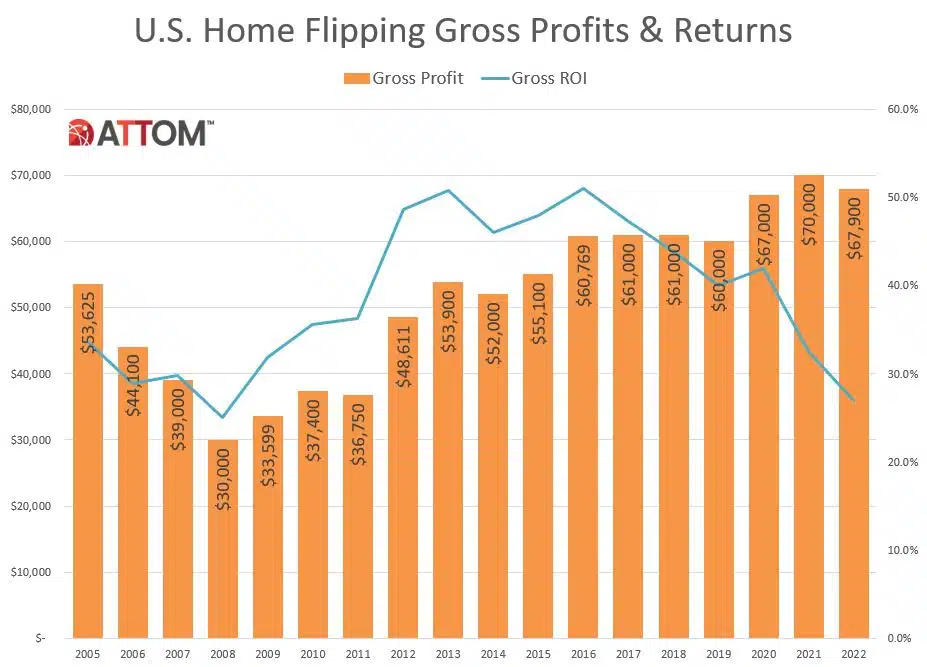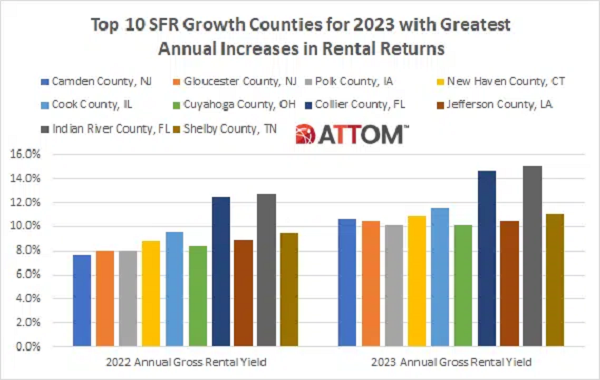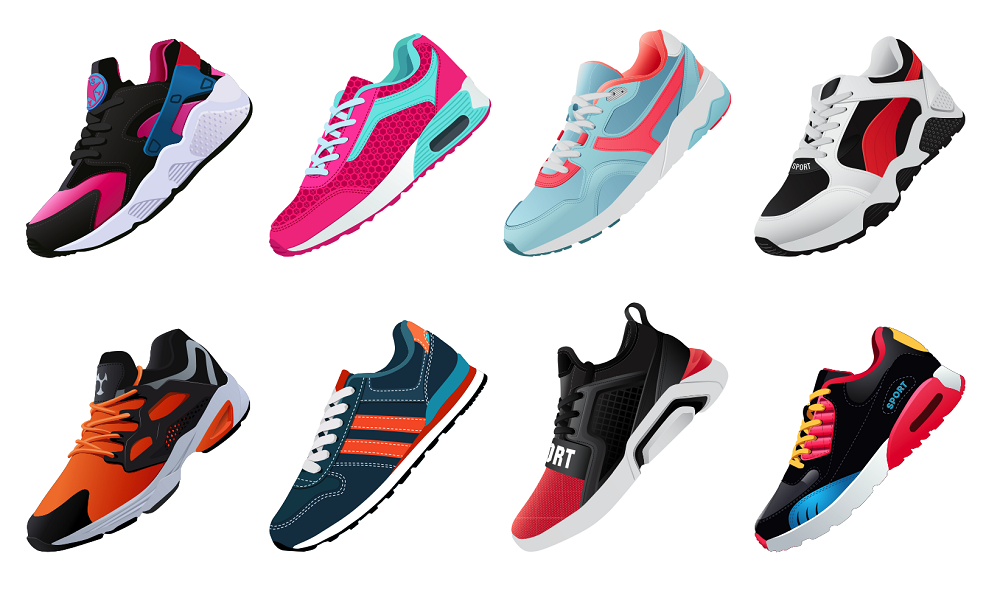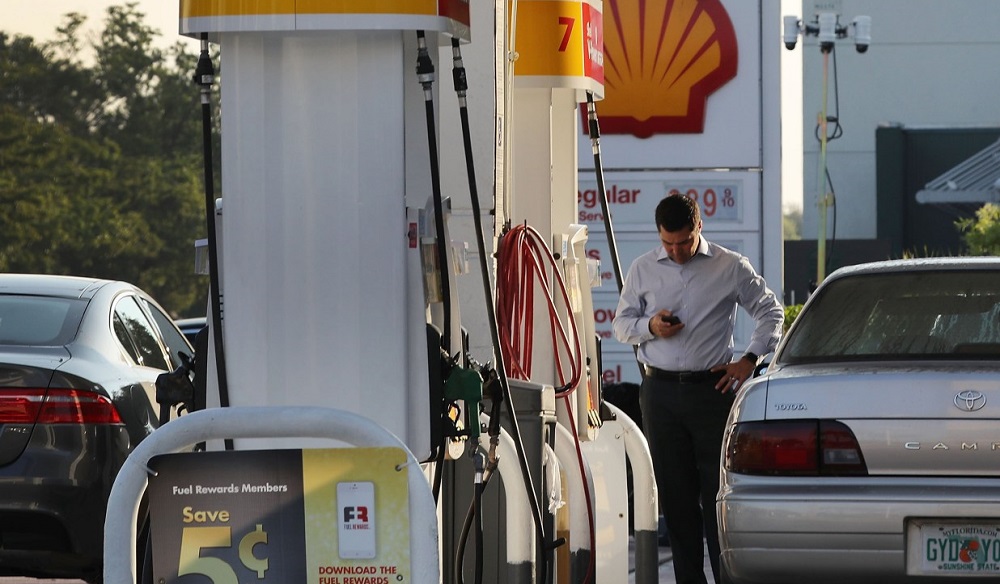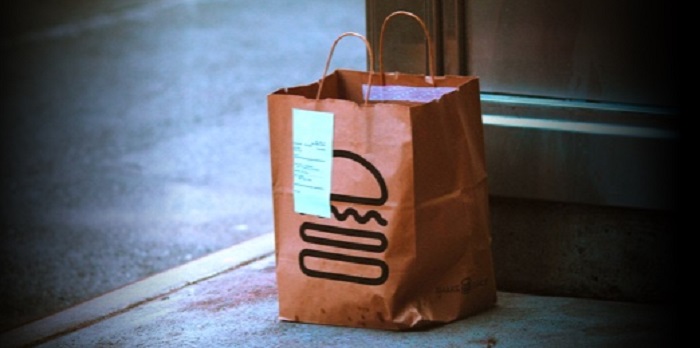The sneaker app market has witnessed a massive uptick since the summer of 2020, with both monthly downloads and monthly active users (MAU) seeing sizable increases of nearly 20%. This increase in popularity of sneaker apps (thanks to the spunky marketing that struck right when the pandemic iron was hot) has been characterized by two major trends: From the beginning of 2019 until mid-2020, monthly downloads for the top sneaker apps fluctuated around the 4 million mark, with the MAU reaching 16.3 million.
The streaming market has grown increasingly saturated during the pandemic, as TV networks like NBCUniversal and Discovery launched their own streaming platforms to compete with more established streaming services like Netflix (NASDAQ: NFLX) and Hulu. At the same time, several streaming services—especially those launched by TV networks—have been experimenting with lower-priced plans that are supported by ad revenue. Bloomberg Second Measure’s transaction data reveals that even as new competitors have entered the streaming wars, Netflix and the Disney+ bundle had the highest overall average customer retention rates in 2021.
Footwear retailers showed a surprising resilience throughout the Covid-19 pandemic. We took a closer look at some of the best-performing shoe retailers to find out how the sector is faring and what we can expect to see in the near future. Despite the increase in online shopping over the past two years, physical shoe stores appear to be holding their own – and the strength is especially apparent for the value-priced footwear chains. Since the spring of 2021, leading footwear retailers in this category have seen a dramatic year-over-two-year (Yo2Y) increase in visits as consumers returned to in-person shopping.
We recently released Travel Trendlines, which features data stories on the top Travel apps* over the last year, including which are the fastest-growing and why. Today, grab your sunnies – we are going through the U.S. performance data for Airline, Car Rental and Online Travel Agency (OTA) apps from the lens of Spring Breakers. Let’s set the scene first. This is not a typical Spring Break or family vacation year. Last February and March, students of all grades were taking classes from home.
Dick’s Sporting Goods is taking its omnichannel strategy to the next level by adding an experiential component to its already strong digital and brick and mortar presence. We analyzed some of the brand’s recent ventures to see what we can learn from this omnichannel pioneer. Dick’s Sporting Goods has been working to make its technology and physical stores complement and elevate each other for almost a decade. The company started shipping online orders directly from its stores in 2013 and launched “Buy Online Pick-up In Stores” (BOPIS) already in 2014 – long before the pandemic made BOPIS widespread.
Consumer credit and debit spending grew YoY in February, despite the systemic shock of the Ukraine-Russia War. However spending decelerated 3 points from February to the preliminary period between March 1st and 9th. This suggests that US consumers could already be adjusting their behavior based on the economic outlook of the war. Spending growth across most major subcategories decelerated from February to the preliminary March period (1-9), with one notable exception.
One of the unfortunate fallouts of Russia’s war with the Ukraine is rising gas prices in the US as oil embargoes take root. Which US consumers are most affected and which businesses could see the biggest decline in sales as consumer discretionary wallets shrink? In today’s Insight Flash, we analyze gas price increases to date, which demographics and geographies are most affected, and which companies are most likely to feel fallout effect based on cross-purchase rates.
February TV engagement always lags January, which shines as the heaviest viewing month of the year. This year was no exception, despite the trifecta of the Super Bowl, the Winter Olympics and the increased demand for news of Russia’s invasion of Ukraine late in the month. January 2022 was a five-week month, including the heavy usage week right after Christmas, which amplified its TV viewing prowess, resulting in an even bigger dip in February 2022 TV viewing than average: viewing was down 5.7% from January, below the 5% average over the past five years.
Since launching in 2007, Hulu has made a name for itself with an ability to offer a seemingly endless stream of premium content, including the likes of It’s Always Sunny In Philadelphia, The Handmaid’s Tale and a variety of titles from the Marvel Universe. Outside of Netflix, Hulu is arguably the biggest name in OTT. As of Q4 2021, Hulu had 43.8 million paid subscribers. (Netflix reported 221.8 million paid subscribers at the end of Q4 2021.)
Globally, demand for crypto apps has exploded, with new installs of the top 20 apps (wallets & exchanges) growing 902% YoY in the fourth quarter of 2021. In our most recent report, Fintech deep dive: digital currencies 2022 playbook, we collaborated with marketing analytics platform, Adjust to dive into the key drivers of cryptocurrency app adoption in 2021. For this same grouping of apps, the U.S. had a rate of 645%, while APAC registered at 475%. This is followed by EMEA at 284% and then LATAM with 182%.
Restaurants might have reopened in 2021, but people decided they liked ordering in anyway. App makers responded with 10 minute deliveries – and the category hit new heights. In 2021 the phrase 'fast food' took on a new meaning. The 2020 lockdowns had propelled the emerging habit for home delivery. In March 2020 global weekly sessions on Food and Drink apps stood at 1.9 billion. By December 2021 they had scaled to 4.4 billion.
When many Americans sheltered in their homes early in the coronavirus pandemic, meal delivery sales reached new heights. Our data reveals that in February 2022, sales for meal delivery services grew 10 percent year-over-year, collectively. The ongoing pandemic may also be driving more Americans to make their first meal delivery purchase. In February 2022, 51 percent of U.S. consumers had ever ordered from one of the meal delivery services in our analysis, up from 46 percent a year ago.
When U.S. cities and states faced shelter-in-place orders to limit the spread of the coronavirus, Americans’ reduced mobility resulted in plummeting sales at rideshare companies. With the exception of year-end dips in 2020 and 2021, sales have been gradually recovering since April 2020. Bloomberg Second Measure transaction data shows that Uber sales were up 104 percent year-over-year and Lyft sales were up 84 percent year-over-year in February 2022.
It stands to reason that salespeople leaving a company in droves is a bad sign, especially if that company depends heavily on selling products or services. But what does the data actually say about the consequences of high or low sales turnover? This week, we look at how company revenues and employee sentiment are actually affected when sales attrition varies. Pharmaceutical and medical device companies specifically depend heavily on sales. By looking at Abbott Laboratories as an example, we can see what happens to revenue when a company manages to reduce sales attrition:
Visits to pet supply shops have seen significant growth over the past two years. We took a closer look at foot traffic trends for Petco and PetSmart to see how the pet supply visit leaders fared over the past two years. Demand for pet supplies skyrocketed for the last two years. As work from home became widespread, homebound pet owners and first-time pet parents drove significant and lasting visit growth to brick and mortar pet supply stores.
Total construction starts rose 9% in February to a seasonally adjusted annual rate of $1.013 trillion, according to Dodge Construction Network. Nonresidential building starts swelled 32% due to the start of three large manufacturing facilities. By contrast, residential starts fell 3%, and nonbuilding starts fell by less than 1%. Without the three large manufacturing projects, total construction would have declined 6% in February.
We analyzed foot traffic trends for leading plus size retailers – Torrid, Lane Bryant, Ashley Stewart, and Destination XL – to find out where the brick and mortar plus size apparel category stands two years into the COVID pandemic. The pandemic dealt a mixed hand to the plus-size apparel sector. Ascena Retail Group, owner of plus size apparel brands Catherines and Lane Bryant, filed for bankruptcy As a result, Catherines permanently shuttered its brick and mortar business to focus exclusively on its online store, and Lane Bryant announced the permanent closure of over 150 stores.
What do you think of when you hear the word “Alternative Data”? A neat definition would be non-traditional data sources that can provide indications as to a firm’s future performance other than conventional sources such as corporate filings and analyst predictions. Or to borrow from the Alternative Management Association (AIMA, 2020), “alternative data comes from unconventional information, mostly in an unstructured form, is not broadly distributed within the industry and is being used to deliver both investment alpha and operational alpha”.
As we begin lapping COVID-19 shutdowns two years ago, the world has changed in unexpected ways. In order to best see which companies have recovered and which are still suffering, Consumer Edge has been quick to add three-year growth calculations to its CE-Q dashboard suite for both US Transact and UK Transact. In today’s Insight Flash, see how growth rates compare across companies from these different time horizons. Keeping track of these differences in the next few weeks will be crucial to understanding the true pandemic recovery.
Apptopia recently released the market report “Travel Trendlines” bookmarking the performance of travel market segments and applications in 2021. These analytics cover 6 broad categories—OTAs, hotels, airlines, car rental, and cruise lines for the U.S. market. We open with OTA apps, an outlier among Travel app categories for its accelerated _growth_ in response to the pandemic. It’s not to say that bookings did not decrease substantially, but people turned to the apps to reschedule, cancel and dreamily browse deals and destinations for when the world reopened.





